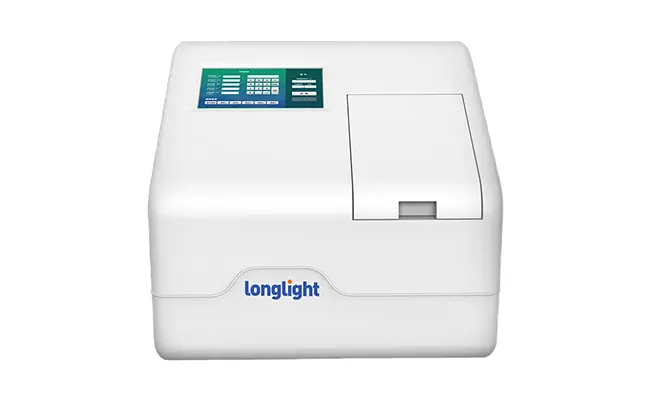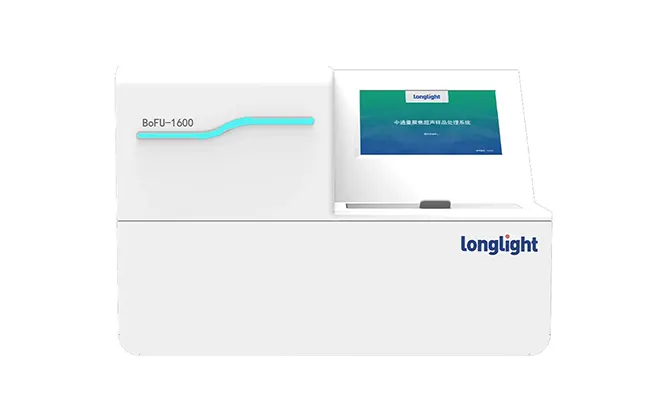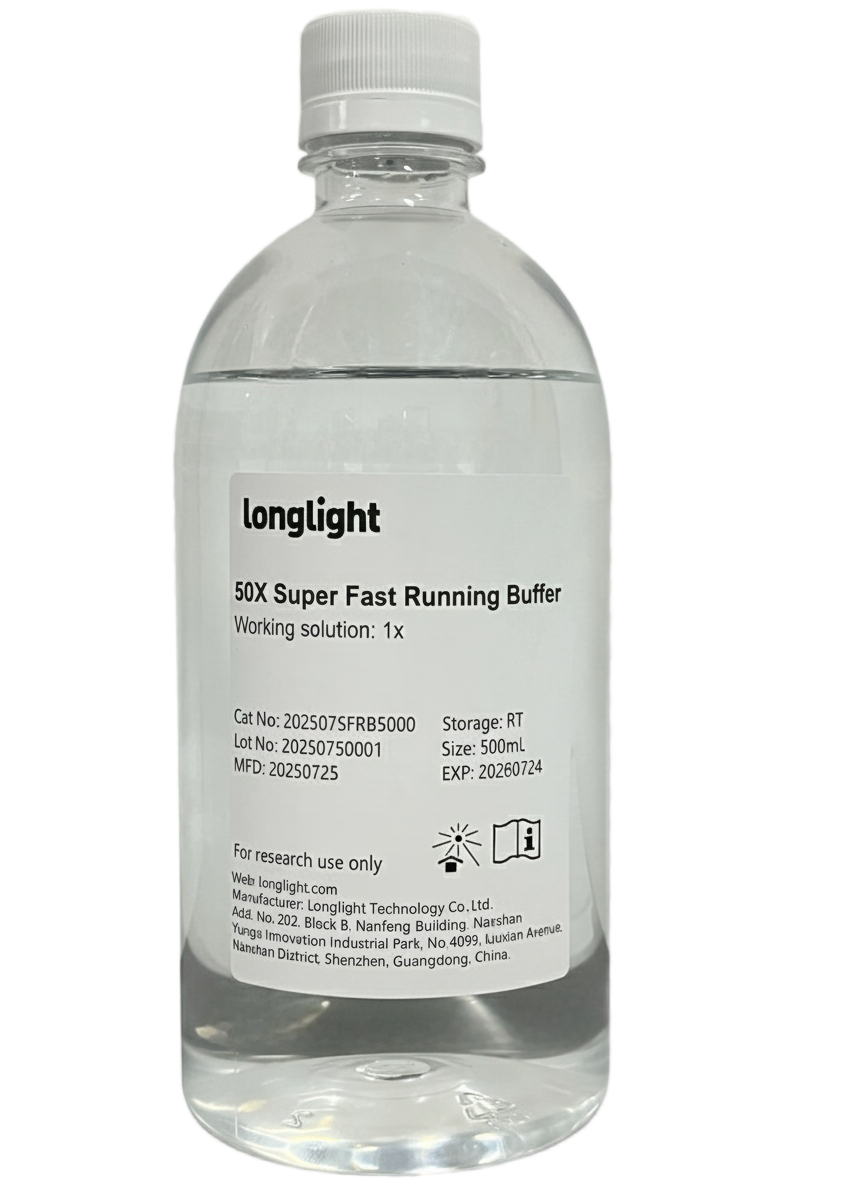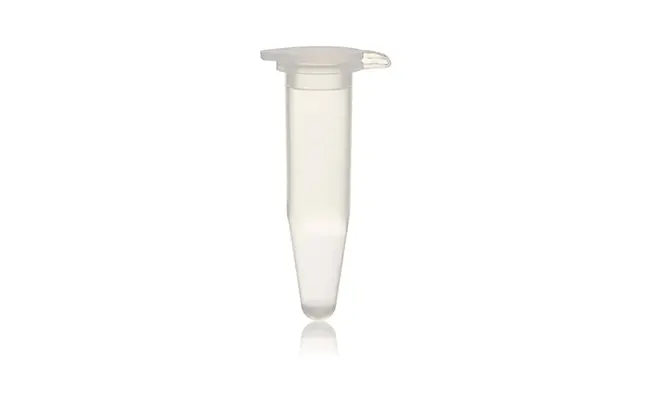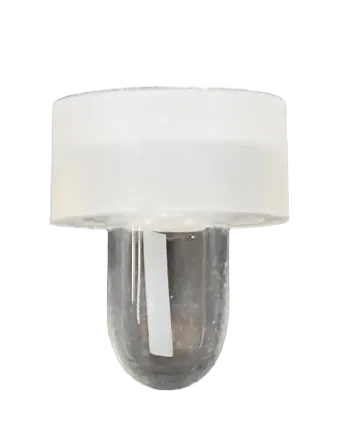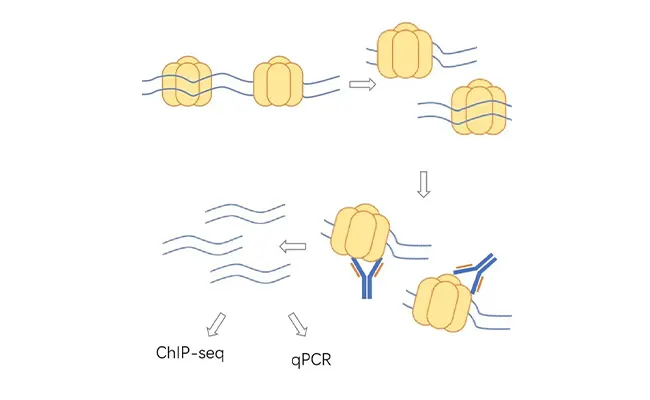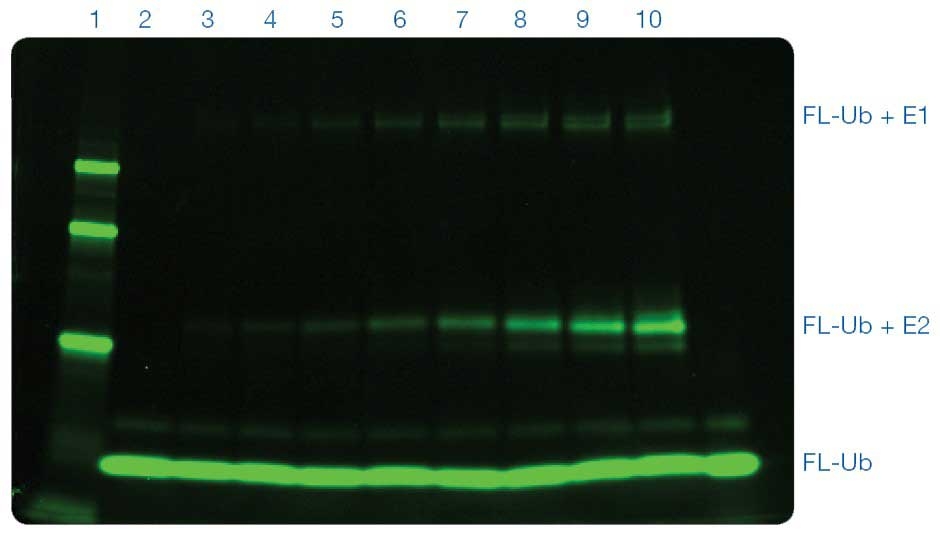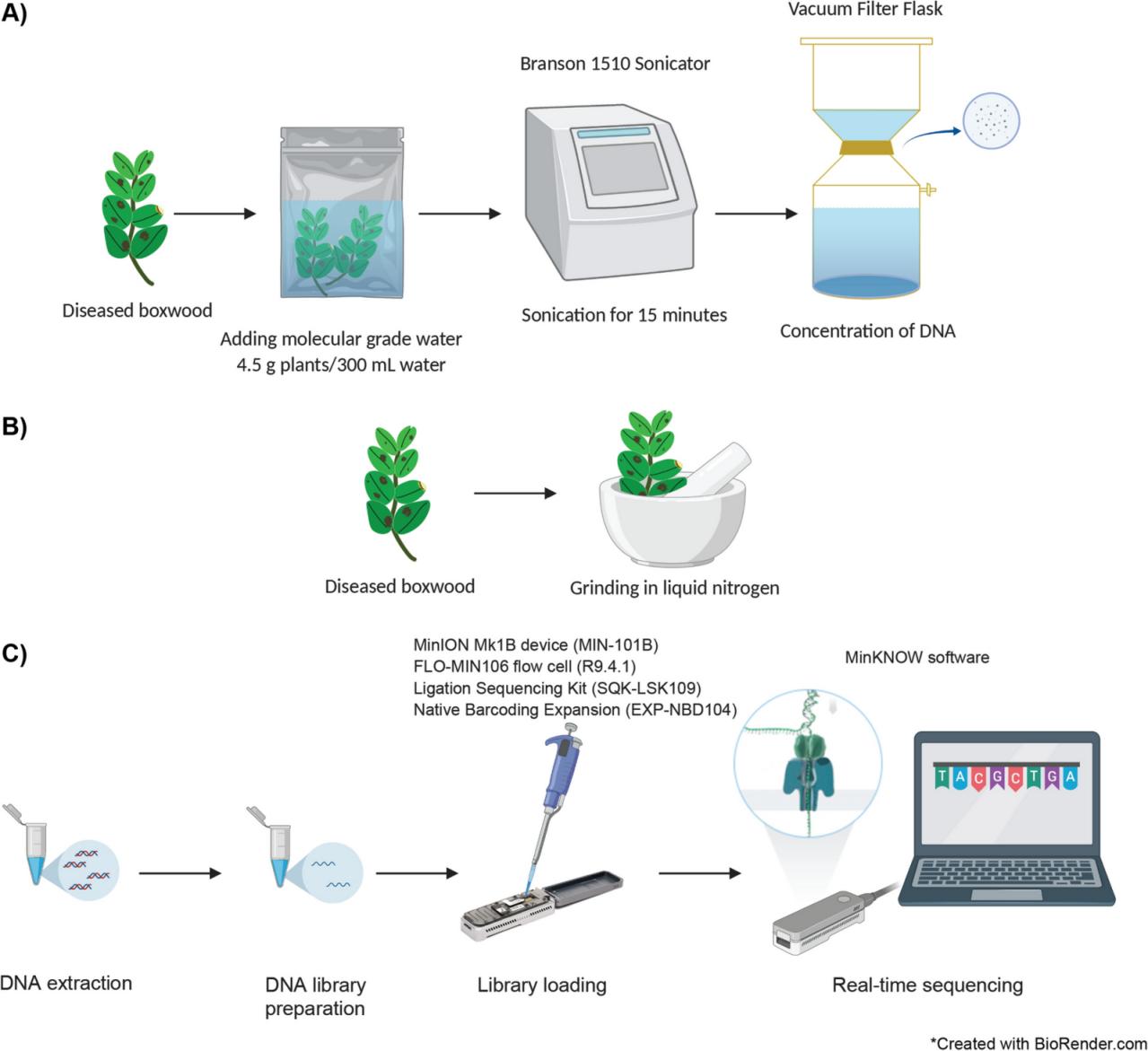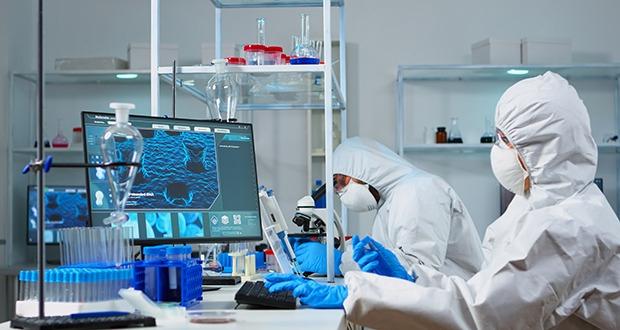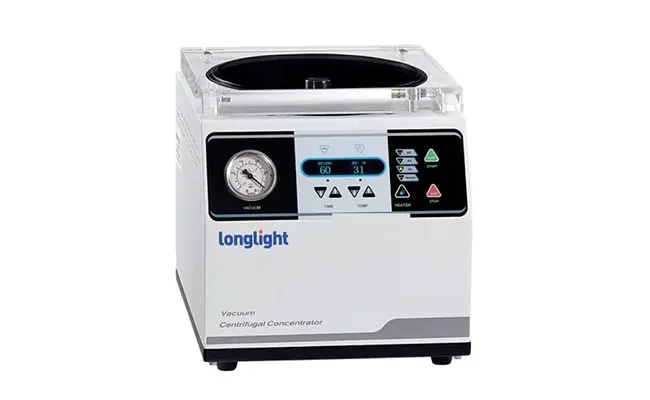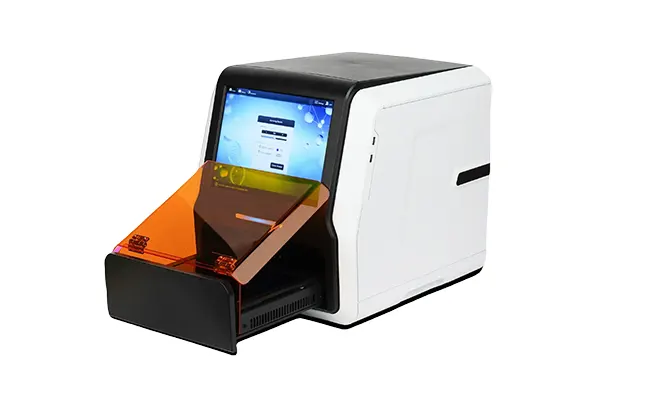Related Post
How to Prevent Antibody Cross-Reactivity in Chromatin Immunoprecipitation
2025-10-29Chromatin Immunoprecipitation (ChIP) is a crucial method for studying the interaction between proteins and DNA. It allows researchers to isolate specific DNA-protein complexes, providing insights into regulatory elements and transcription factors involved in gene expression. However, one of the significant challenges in ChIP experiments is preventing antibody cross-reactivity. When antibodies bind non-specifically to unintended proteins or structures, the results can be misleading, which may lead to incorrect conclusions about chromatin interactions. This article explores effective strategies to minimize antibody cross-reactivity in ChIP, ensuring more reliable and reproducible results.
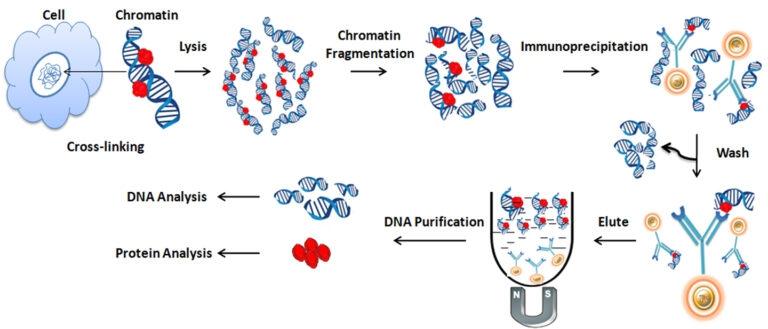
(Chromatin Immunoprecipitation)
The Issue of Antibody Cross-Reactivity in ChIP
Antibody cross-reactivity happens when an antibody binds to proteins or regions other than the target, which complicates the interpretation of ChIP experiments. If cross-reactivity occurs, it can lead to the isolation of non-specific protein-DNA complexes, disrupting the accuracy of the results. To improve the quality of ChIP assays, researchers must address several key factors contributing to antibody cross-reactivity.
✅ Common Sources of Antibody Cross-Reactivity
Several factors can lead to antibody cross-reactivity in ChIP, including:
- Antibody Specificity: Not all antibodies are created equal. Some may bind to multiple similar epitopes across different proteins, resulting in cross-reactivity. This is particularly problematic in complex samples where similar proteins might be present.
- Concentration of Antibodies: Using excessive amounts of antibody increases the chances of non-specific binding. It is vital to optimize antibody concentrations to reduce background noise.
- Complexity of the Sample: Biological samples, such as chromatin extracts, contain a wide variety of proteins. Some of these proteins might accidentally bind to the antibody, leading to non-specific interactions.
- Quality of Chromatin: Poorly prepared chromatin can cause the failure to distinguish between specific and non-specific protein-DNA complexes, further complicating the experiment.
Understanding these sources of error enables researchers to take preventive measures and minimize the risk of cross-reactivity in their ChIP experiments.

(Cross-reactivity of Antibody)
Best Practices to Minimize Antibody Cross-Reactivity
There are several proactive strategies that researchers can implement to reduce the likelihood of antibody cross-reactivity in ChIP assays. Here are some of the most effective techniques:
Choosing High-Quality, Validated Antibodies
Selecting high-quality antibodies is the first step toward minimizing cross-reactivity in ChIP experiments. Antibodies should be carefully chosen based on their specificity to the protein of interest. Researchers should opt for antibodies that have been validated in ChIP assays to ensure they are reliable.
- Opt for well-validated antibodies: Only use antibodies that have been tested for specificity in ChIP experiments. This minimizes the risk of cross-reactivity.
- Conduct pre-qualification tests: Before starting the experiment, confirm that the antibody binds only to the intended protein, which helps prevent non-specific interactions during ChIP.
Titrating Antibody Concentrations
Antibody titration is critical for reducing background noise and preventing non-specific binding. Using too much antibody can increase the chances of cross-reactivity, while using too little may reduce the sensitivity of the experiment.
- Follow recommended dilution protocols: Start with the concentration suggested by the antibody manufacturer and optimize it for your specific experimental conditions.
- Experiment with serial dilutions: Perform dilution series to determine the optimal antibody concentration, ensuring you have the right balance between sensitivity and specificity.

(Titrating Antibody Concentrations)
Improving Chromatin Quality
The quality of chromatin preparation is fundamental to minimizing background noise and ensuring accurate ChIP results. If chromatin is not properly prepared, it can lead to the isolation of non-specific protein-DNA complexes.
- Ensure proper cross-linking: Proper cross-linking is crucial for preserving protein-DNA interactions. Both over- and under-cross-linking can affect antibody binding specificity.
- Use fresh and well-preserved samples: Always use fresh chromatin and store it properly to prevent degradation, ensuring that the protein-DNA interactions remain intact.
Optimizing Washing Conditions
Proper washing is critical for removing non-specifically bound proteins and retaining only the specific protein-DNA complexes. Stringent washing conditions help to reduce background noise, ensuring more accurate results.
- Increase washing stringency: Use high-salt buffers or detergents to wash away loosely bound proteins and reduce background signals.
- Adjust washing times: Optimize washing time to remove non-specific interactions without losing the desired protein-DNA complexes.
Leveraging Advanced Tools for ChIP Success
At Longlight Technology, we understand the importance of precision in molecular biology experiments. Our advanced products, such as the Focused Ultrasonicator, are designed to enhance chromatin quality and improve antibody specificity. By optimizing the chromatin preparation process, these tools help streamline your ChIP experiments, making them more efficient and reliable.
Additionally, our extensive range of consumables and kits, such as nucleic acid extraction kits and library preparation kits, are essential for every step of the ChIP process – from sample preparation to sequencing. We are dedicated to providing researchers with the tools and solutions needed to drive success in genomics research.
Why Longlight Technology?
- Comprehensive solutions: We offer a wide range of products tailored for ChIP and other molecular biology applications.
- State-of-the-art laboratory instruments: Our instruments are designed for maximum precision and reliability.
- High-quality reagents and consumables: Our products ensure consistent and reproducible results.
- Expert support: We provide professional guidance to help researchers achieve their scientific goals.
Longlight Technology is committed to supporting the progress of molecular diagnostics and genomics. Whether you’re conducting ChIP experiments or other molecular assays, we offer the tools and support necessary for successful, accurate, and reproducible results.
Final Thoughts
Reducing antibody cross-reactivity in Chromatin Immunoprecipitation is essential for obtaining accurate, reliable data. By carefully selecting high-quality antibodies, optimizing antibody concentrations, improving chromatin preparation, and ensuring rigorous washing protocols, researchers can enhance the specificity and sensitivity of their ChIP experiments. Longlight Technology offers cutting-edge products and solutions designed to support these efforts, improving the quality of your research and helping you achieve groundbreaking results in molecular biology.
Explore our full range of advanced genomics tools and reagents to take your ChIP experiments to the next level. Contact Longlight Technology today for more information and let us help you advance your scientific research.

